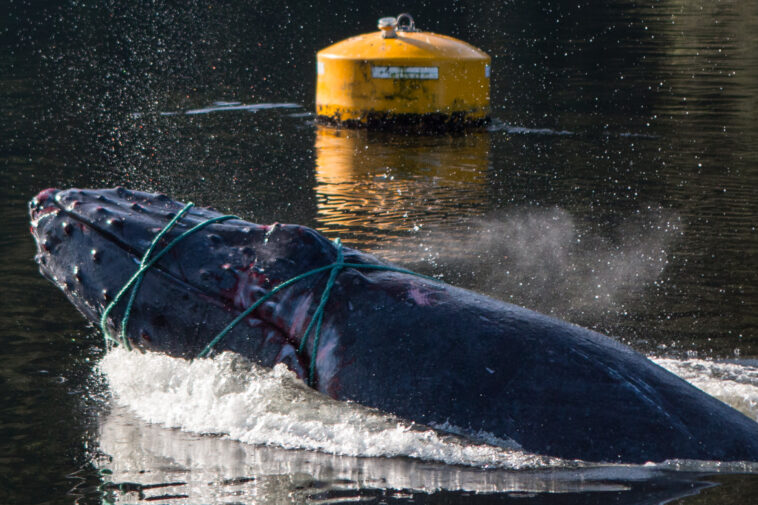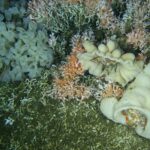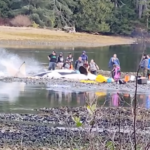[Warning to readers: this article contains graphic images of wildlife killed and injured at BC open net-pen salmon farms]
A damning new report released by a salmon advocacy group is shedding light on the long and gruesome history of fish farms in BC’s waters. Last week, Watershed Watch published graphic images depicting dead or injured whales, seals, sea lions, birds, sharks and wild fish, all of which have been harmed by the factory fish farm industry on the West Coast over the past three decades. We spoke with Watershed Watch’s senior scientist, Stan Proboszcz, about his team’s findings and the timing of the release amidst a critical moment that will determine the fate of fish farms in the province.
Graphic Report
Proboszcz told us that he and his team worked for two months researching and tracking down photos, photographers, and incidents related to the fish and wildlife casualties. “Sometimes we forget many stories over the years, and having all these images in one place provides a historical testament to the impacts of this industry,” he explained. “The oldest of these incidents (the orca displacement stories) are about three decades [old], and the most recent images of bird deaths are from this year,” he added.
The report details incidents in which BC whales have been victims of fish farming infrastructure, including orcas who became disoriented by ‘acoustic harassment devices’ by fish farms in the Broughton Archipelago in the 1990s, and humpback whales who became entangled and killed, like the juvenile who died in 2016 after becoming trapped in fish farm nets in Nootka Sound.
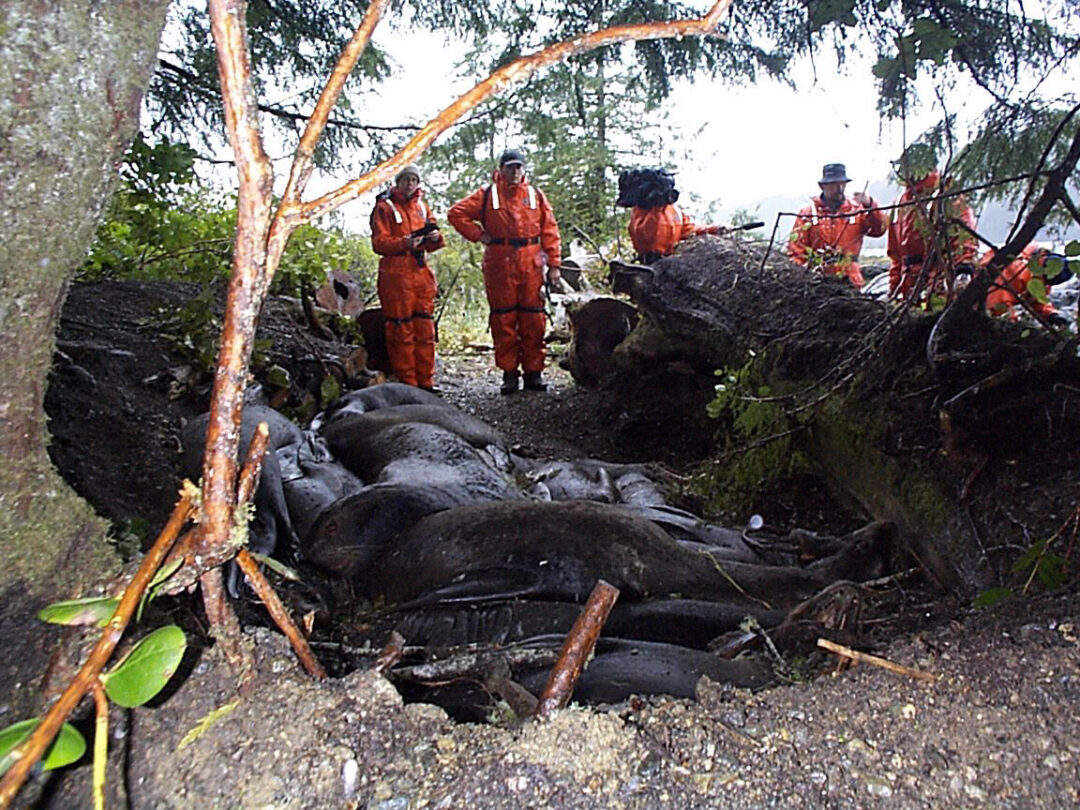
“This compilation tells a long story of continuous harm.”
Stan Proboszcz, Senior Scientist at Watershed Watch
Yet it is seals and sea lions that have “taken the biggest hit” at salmon farms – between 1990 and 2022, 6116 harbour seals, 1426 California sea lions and 379 stellar sea lions were shot or drowned in BC waters, according to DFO. Until 2020, fish farmers were legally entitled under ‘predator control’ permits to shoot and kill these mammals if they posed a threat to their fish stocks.
“This compilation tells a long story of continuous harm,” Proboszcz commented. “Yes, some of the images are graphic, but we feel they tell a truth the public isn’t going to see or hear from the industry. Farms operate in remote areas teeming with wildlife but almost no independent oversight,” he stated.
He pointed out that fish farm practices knowingly lure in other fish and animals, particularly through the distribution of fish feed directly into the waters, attracting other wildlife. “It’s like setting up a loaded buffet table in a provincial or national park and walking away,” he said. We’re not allowed to do that when we go camping, but the industry essentially does it every day.”
‘Tip of the Iceberg’
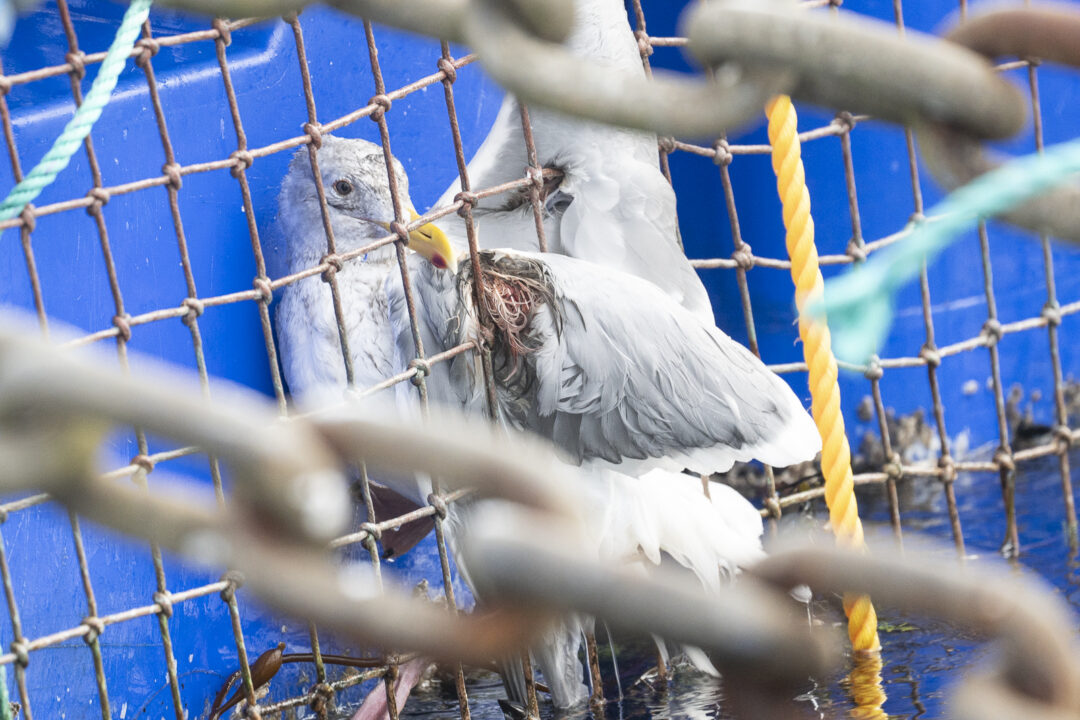
The troubling report also highlights the impact on other species, including injured sharks or dogfish (numbers unknown as they are excluded from DFO’s ‘incidental catch’ data), seabirds (numbers unclear as DFO does not require reporting on bird interactions), wild salmon (widely impacted by farmed salmon’s parasitic lice), and herring.
“There may be as many as six million wild fish trapped in 30 operating salmon farms across the province at any time.”
Watershed Watch
Earlier this year, a DFO report revealed that 817,000 wild fish, predominantly herring, died in open net-pen Atlantic salmon farm operations in BC in 2022—almost five times the number reported in 2021 and over twenty times the number reported in 2020.
Based on previous incidents, Watershed Watch estimates “there may be as many as six million wild fish trapped in 30 operating salmon farms across the province at any time.” The group remains concerned about the lack of research and studies to adequately monitor the widespread impact of open-net fish farms on the surrounding ecosystem.
Proboszcz said these images and incidents are “likely just the tip of the iceberg in terms of fish and wildlife deaths linked to salmon farms. I suspect many go unreported or unseen.” This report comes during a significant period of uncertainty and shifting government commitments around the future of open net-pen salmon farms from BC.
Where is the Transition Plan?
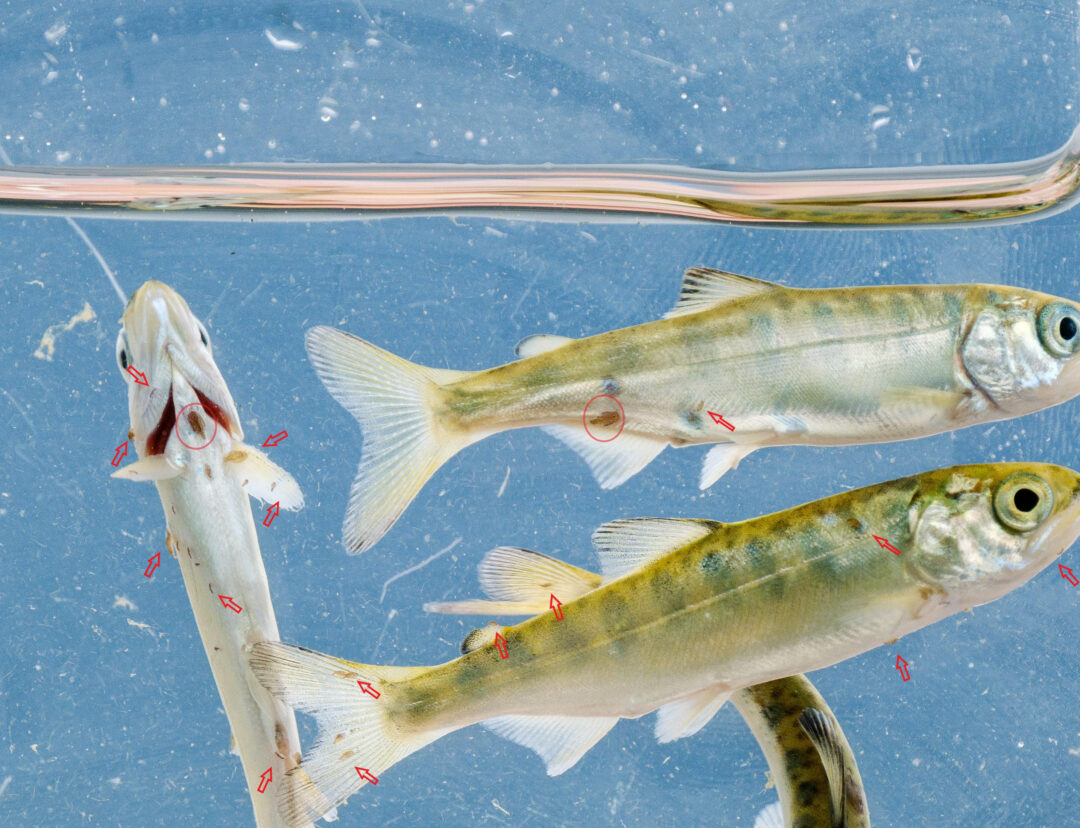
Initially, in 2019, the Liberal government committed to removing open-net fish farms from BC waters by 2025 out of concern for the health of wild fish populations. The decision was based on the widely accepted scientific evidence that fish farms breed parasites and diseases that then transfer to the smolts, putting wild salmon populations at risk.
However, policymakers quickly watered down this commitment, now stating their intention to develop a transition plan for open-net pen farms by 2025 instead. Many parties, including Indigenous groups like the First Nations Wild Salmon Alliance, have demanded the federal government stop stalling and deliver on its earlier promise to shutter the farms.
“If we’re supposed to have a plan to transition from open nets by 2025, and we don’t have that plan yet, why are we even considering two to six-year licenses when that would put us beyond that deadline?”
Stan Proboszcz, Senior Scientist at Watershed Watch
Last month, in a move baffling to many, DFO announced it was in consultation to extend fish farm licenses from two to six years in BC – directly contradicting the earlier promise to close them by 2025. “If we’re supposed to have a plan to transition from open nets by 2025, and we don’t have that plan yet, why are we even considering two to six-year licenses when that would put us beyond that deadline?” Proboszcz asked. “It’s putting the cart before the horse.”
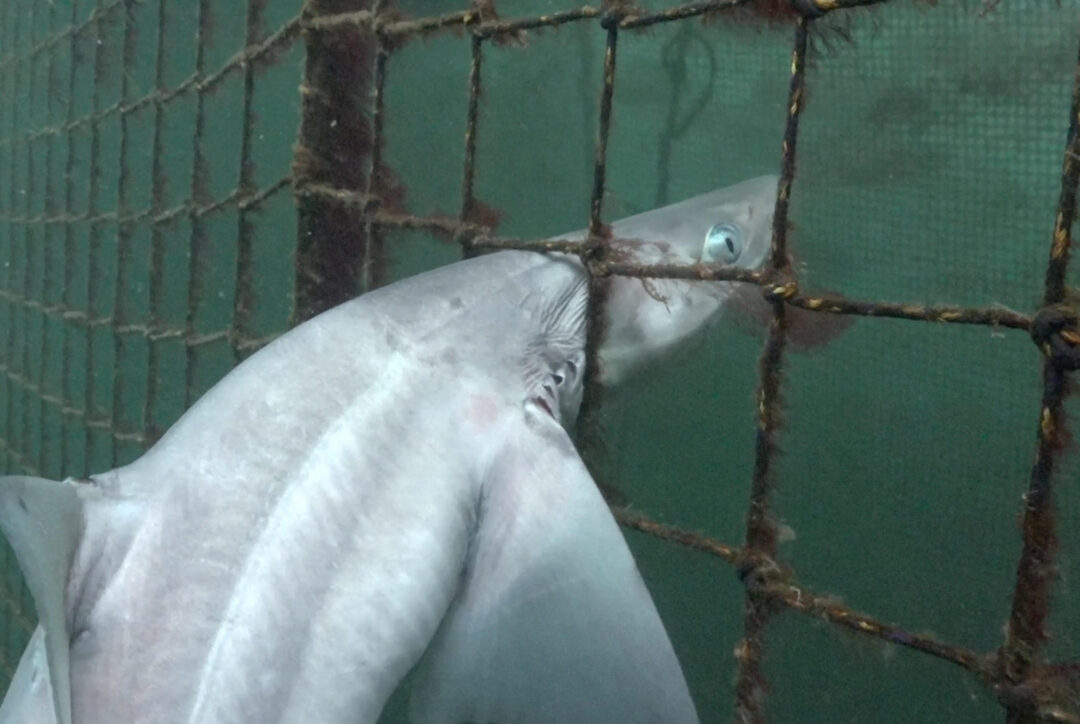
Licenses Expiring
Watershed Watch’s timely report notes the “prime opportunity in the months ahead for federal Fisheries officials to take a positive step toward keeping the prime minister’s promise by choosing not to renew those licenses.”
DFO informed The Skeena last month via email that the department is in phase four of consultations with partners and stakeholders for the long-awaited transition plan expected later this year. Regarding the proposed license extensions, the public consultation period closed on March 8th, and an announcement is anticipated before the June 2024 expiration date of the current fish farm licenses.


